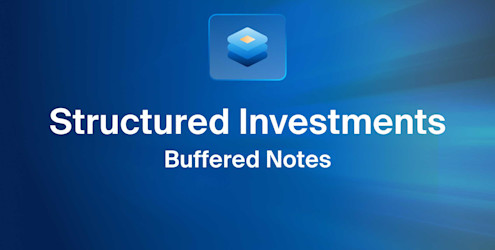As Federal Reserve (Fed) Chairman Jerome Powell delivered his semi-annual testimony on the state of the domestic economy to the Senate Banking Committee this week, markets continued to experience the gyrations that have generally been pervasive over the last several trading days.
Driving the risk-off sentiment has been the recent increase in interest rates on the back of rising expectations for inflation. The mantra of “lower for longer” has been reflected in the structure of interest rates for many years now, as represented by a relative flat yield curve.1 The recent moves, however, have resulted in a steepening of the yield curve with the spread between the U.S. Treasury 5- and 30-year bonds widening to their highest level in six years.2 The move reflects the improving growth prospects for the global economy, which are broadly expected to lead to higher inflation3 and may require a monetary policy response from the Fed to avoid overheating the domestic economy.4 In his recent testimony, Powell said that he believes employment and inflation have a way to go before they reach the Fed’s target. Irrespective of this view, the market appears to have already started to price in a reflationary environment.
If we deconstruct the composition of market weakness, we are seeing a rotation from growth to value stocks. This theme is so strong that Bloomberg reports the relative outperformance of value vs. growth over February is at its highest monthly level in more than two decades. As growth stocks have driven much of the recent performance of stock markets, this rotation shows investors are weighing the future earnings potential of high growth, high-tech names against the prospect of a higher interest rate, higher inflationary environment,5 where value orientated investments may do well.6
In the current environment of low rates and low-but-rising inflation expectations, CAIS is increasingly hearing from its advisor clients who are dusting off the inflation playbook. Some of the strategies they are assessing are real assets, such as real estate and commodities, as well as value orientated and emerging market investments. Additionally, strategies that seek to hedge broader market exposures, such as global macro, market neutral/low net exposure and long/short equity hedge funds, are increasingly being viewed by advisors as tools to mitigate the shifting macro market environment.





